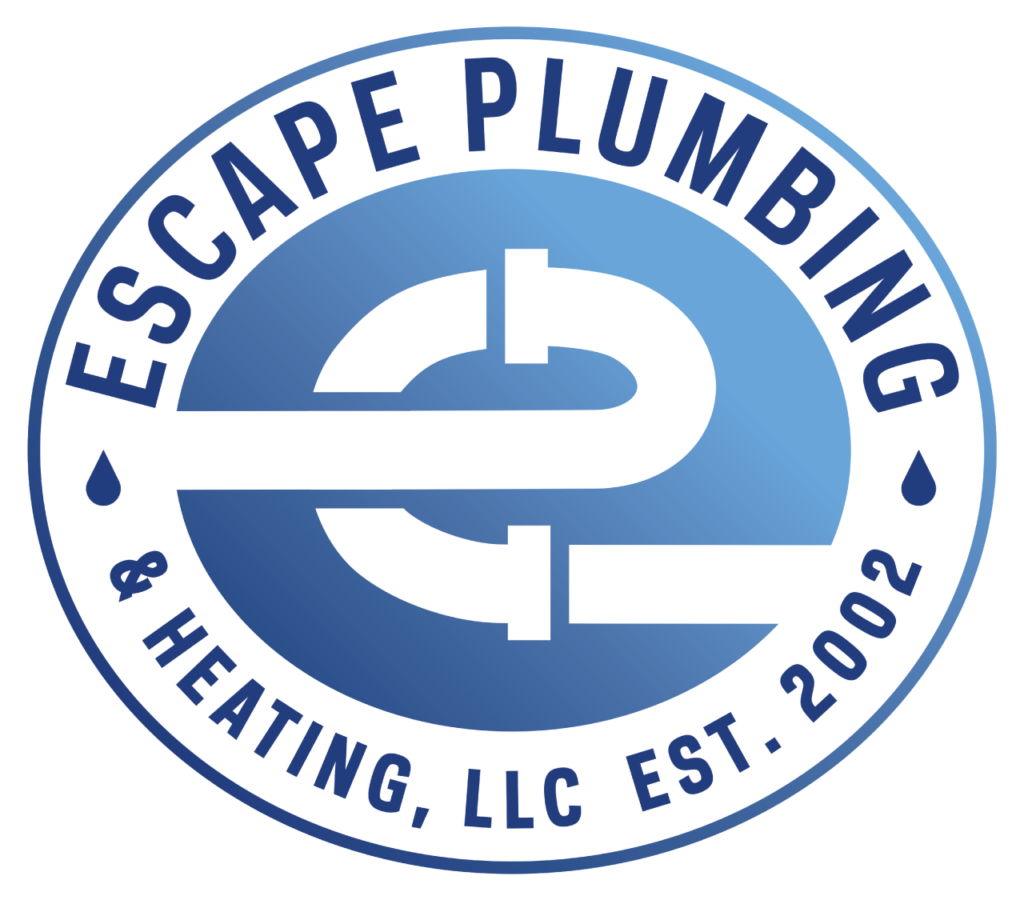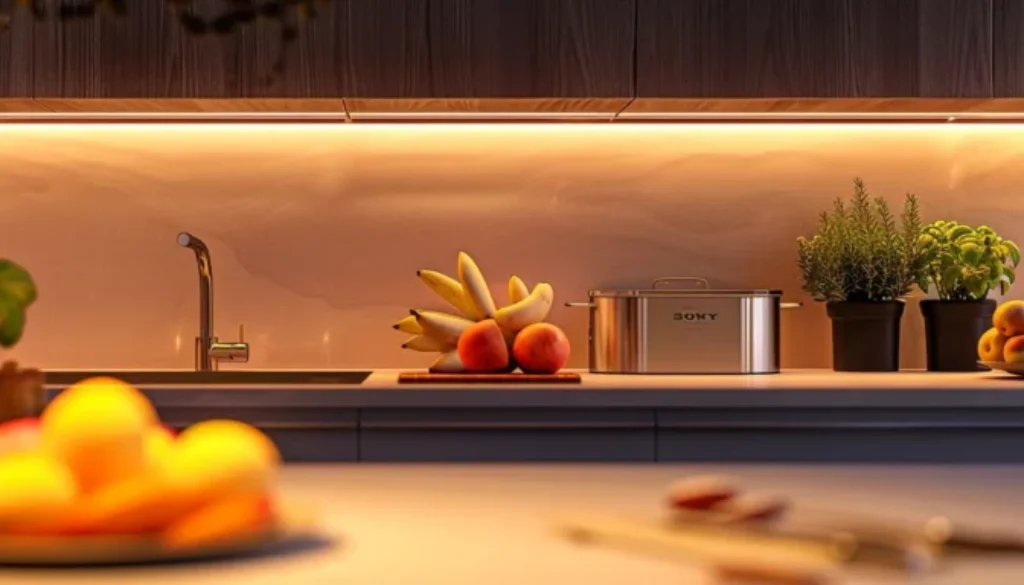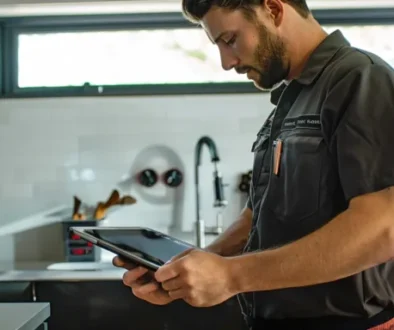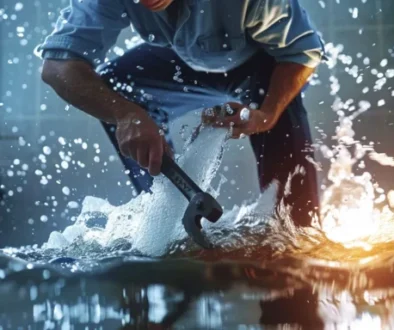How to Troubleshoot Your Garbage Disposal Quickly
Are you struggling with garbage disposal maintenance and proper usage? This guide offers expert insights on caring for your disposal, covering functionality basics, effective maintenance tips, and safe usage practices. You’ll learn how to troubleshoot common issues, adopt eco-friendly habits, and explore upgrade options. By following these expert recommendations, you’ll extend your disposal’s lifespan, prevent costly repairs, and ensure efficient operation in your kitchen.
Understand the Basics of Garbage Disposal Functionality
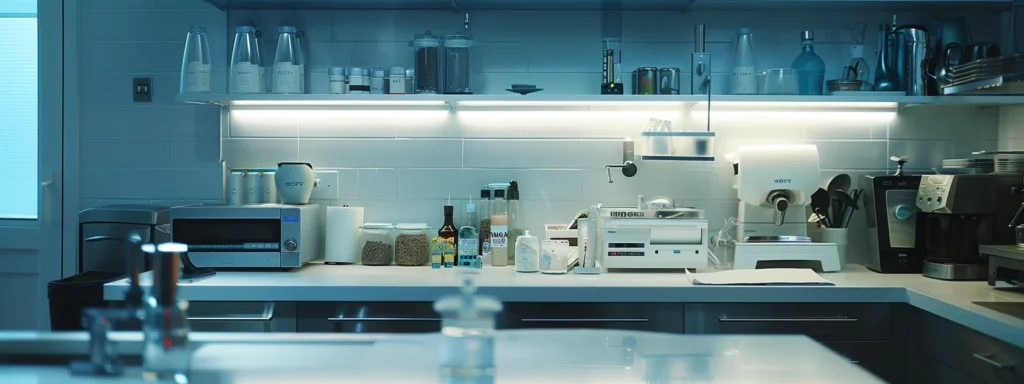
Understanding garbage disposal functionality is crucial for effective use and maintenance. This section explores how disposal units operate, identifies key components, and examines various types and models. Proper knowledge can prevent plumbing problems, save money on repairs, and ensure efficient disposal installation. By grasping these fundamentals, homeowners can optimize their unit’s performance and lifespan.
Learn How a Garbage Disposal Unit Operates Effectively
Garbage disposal units operate by grinding food waste into small particles that can safely pass through the plumbing system. When activated, the unit’s motor spins an impeller plate, which forces food against a stationary grind ring. This process reduces waste to a liquid slurry that flows into the kitchen sink drain. Homeowners can optimize their disposal’s performance by running cold water during operation and avoiding overloading. Regular maintenance by plumbers near me residential can prevent issues and extend the unit’s lifespan, potentially saving on insurance policy claims.
Identify the Main Components of Your Disposal System
Garbage disposal systems consist of several key components that work together to efficiently grind food waste. The main parts include the motor, impeller plate, grinding chamber, and drain connection. Commercial-grade disposals often feature more powerful motors and larger grinding chambers. Understanding these components helps homeowners budget for maintenance and provides valuable information for troubleshooting issues. Regular inspection of these parts can prevent major problems and extend the system’s lifespan, much like how a thermostat regulates temperature in a home. Plumbers can quickly identify the root cause of disposal problems by examining these essential elements:
| Component | Function | Maintenance Tip |
|---|---|---|
| Motor | Powers the disposal | Check for unusual noises |
| Impeller Plate | Grinds food waste | Inspect for wear regularly |
| Grinding Chamber | Contains waste during grinding | Clean periodically |
| Drain Connection | Connects to plumbing system | Check for leaks |
Explore Different Types and Models of Disposal Units
Garbage disposal units come in various types and models, each designed to meet specific residential plumbing needs. Continuous-feed disposals, the most common type, allow users to add waste while the unit operates. Batch-feed models, on the other hand, require a cover to be in place before activation, offering enhanced safety. For those constructing new homes or upgrading their kitchens, selecting the right disposal unit is crucial. Factors to consider include motor power, grinding capacity, and noise level. High-end models often incorporate advanced features like sound insulation and anti-jamming technology, similar to how javascript enhances website functionality. When choosing a disposal, homeowners should consider their household size, kitchen layout, and typical food waste volume:
- Continuous-feed disposals: Best for large households with frequent cooking
- Batch-feed models: Ideal for safety-conscious users or homes with children
- Compact units: Suitable for small kitchens or apartments
- Heavy-duty disposals: Recommended for commercial use or large families
- Septic-safe models: Designed for homes with septic systems
Discover Effective Maintenance Tips for Your Disposal
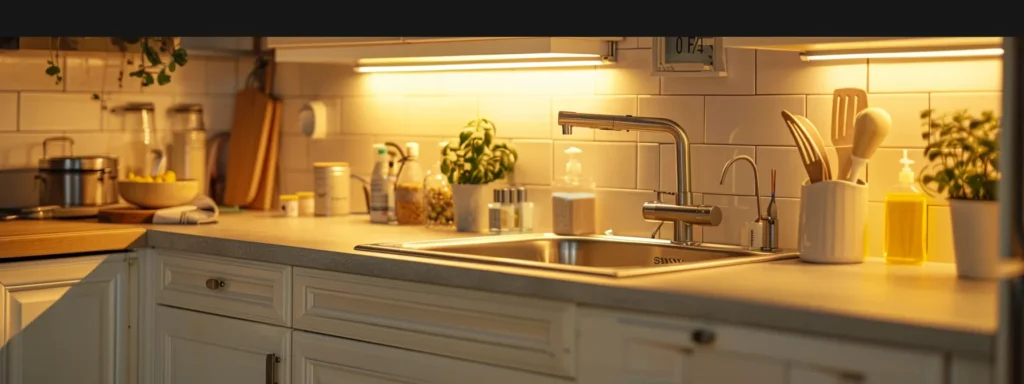
Proper maintenance of garbage disposals is crucial for optimal performance and longevity. This section explores essential tips for keeping disposals in top condition, including regular cleaning routines, safe blade sharpening techniques, and recognizing maintenance indicators. By following these guidelines, homeowners can prevent clogs, improve efficiency, and avoid costly plumbing repairs. Understanding these maintenance practices is key to preserving both the disposal and the home’s overall plumbing system.
Schedule Regular Cleaning Routines to Prevent Clogs
Regular cleaning routines are essential for preventing clogs and maintaining optimal garbage disposal performance. Homeowners can schedule weekly cleanings by running cold water and grinding ice cubes, which helps remove debris and sharpen the blades. For tougher buildup, a mixture of baking soda and vinegar can be used, followed by hot water to flush the system. By incorporating these simple maintenance tasks into their routine, homeowners can avoid calling a pipefitter for costly repairs.
Use Proper Techniques for Sharpening Blades Safely
Safely sharpening garbage disposal blades is crucial for maintaining optimal performance and preventing emergency plumbing issues. Homeowners can use ice cubes and rock salt to sharpen the blades naturally, avoiding the need for manual sharpening that could damage the flange or cause a gas leak. This method is effective for both residential and commercial plumbing systems, including those with grease traps. Plumbing professionals recommend performing this maintenance task monthly to keep the disposal functioning efficiently and reduce the risk of clogs or backups.
Recognize Signs That Indicate Maintenance Is Needed
Recognizing signs that indicate maintenance is needed for a garbage disposal is crucial for preventing major plumbing issues. Homeowners should be alert to unusual noises, persistent odors, or slow draining from the sink, as these can signal problems requiring attention from a local Litchfield County plumber. If the disposal fails to turn on or experiences frequent jams, it may be time for a plumbing repair. Leaks around the unit’s base or connections to the tap and sink are also red flags that warrant immediate inspection by a qualified plumber to prevent water damage and ensure proper functionality.
Explore Troubleshooting Common Garbage Disposal Issues
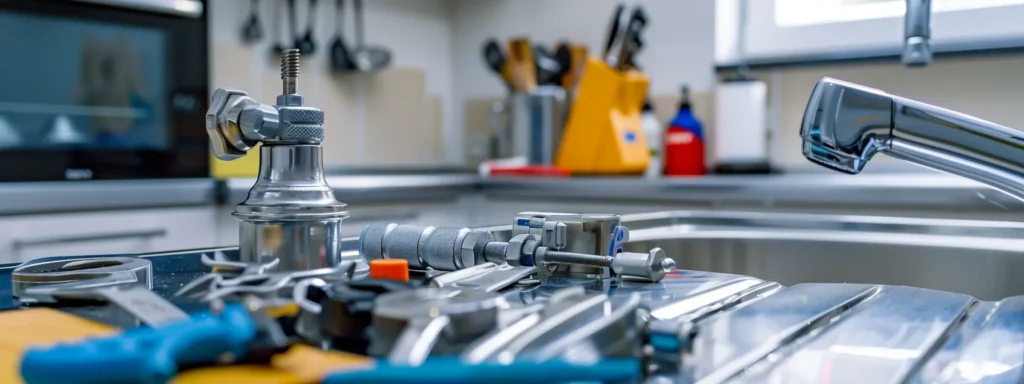
Troubleshooting common garbage disposal issues is essential for maintaining a functional kitchen plumbing system. This section guides homeowners through identifying and fixing jams, resolving strange noises or odors, and recognizing when to call licensed plumbers. Understanding these troubleshooting techniques can help prevent costly repairs and extend the life of the disposal unit, ensuring efficient waste management and maintaining proper water flow.
Identify Causes of Jams and How to Fix Them
Garbage disposal jams often occur due to foreign objects or unsuitable food waste entering the unit. Plumbers identify common causes as utensils, large bones, or fibrous materials that the disposal’s technology cannot process effectively. To fix a jam, a residential plumber typically follows a systematic approach: disconnecting power, using a wrench to manually rotate the flywheel, and removing the obstruction. For stubborn jams, specialized tools may be necessary. Homeowners should exercise caution when attempting repairs, especially in homes with natural gas appliances, to prevent accidental damage to nearby systems:
| Jam Cause | Fix Method | Prevention |
|---|---|---|
| Foreign objects | Manual removal | Use sink strainer |
| Fibrous materials | Rotate flywheel | Avoid disposing tough fibers |
| Large food particles | Cut and regrind | Cut food into smaller pieces |
| Grease buildup | Hot water flush | Avoid pouring grease down drain |
Resolve Strange Noises or Odors Effectively
Residential plumbers often encounter strange noises or odors emanating from garbage disposals, which can indicate underlying issues. Grinding sounds may suggest a foreign object in the unit, while persistent odors could signal trapped food particles or sewage backups. To resolve these problems effectively, homeowners should first run cold water and grind ice cubes to dislodge debris. If the issue persists, they may need to clean the disposal thoroughly or call for emergency plumbing services. In some cases, odors might be related to bathroom or air conditioning problems, requiring a comprehensive plumbing inspection to identify and address the root cause.
Know When to Seek Professional Repair Services
Homeowners should seek professional repair services when their garbage disposal exhibits persistent issues beyond simple troubleshooting. Residential plumbers near me can address complex problems such as repeated clogs, electrical malfunctions involving the extension cord, or water supply issues. If the disposal fails to turn on, makes unusual noises, or leaks excessively, it’s time to call a professional. Plumbers can also inspect the sump and sump pump to ensure proper drainage and prevent potential water damage. Timely professional intervention can prevent minor issues from escalating into costly repairs or replacements.
Conclusion
Proper understanding and maintenance of garbage disposals are crucial for efficient waste management and plumbing system longevity. Regular cleaning, safe usage practices, and timely troubleshooting can prevent costly repairs and extend the unit’s lifespan. Adopting eco-friendly disposal methods and considering modern upgrades can further enhance waste management efficiency while reducing environmental impact. By implementing these expert insights, homeowners can ensure optimal performance of their garbage disposals, maintain a healthy plumbing system, and contribute to sustainable household practices.
